Burk Technologies ARC-16 remote control panel
16 analog inputs
16 digital inputs
32 relay outputs (divided into 2 banks of 16 labeled "Raise" and "Lower")
Variety of communication protocols used. System we have is 4 Wire Analog. I also have some units with Electronic Speech Interfacing and Hayes modem connections.
When working as designed, the units are in constant communication with each other and piggyback data from other units into the datastream, forming a system where control can be done from any location.
Goal: Since 4 Wire analog is on the way out, find way to continue to utilize this old (but still very operational) system for backup to my GUI based remote control system.
For those of you unaware of what 4 wire analog is, it's a communication protocol that tops out at about 28800, with unbalance pairs, one for transmit, one for receive. The protocol predates the modems that we used as kids that operated reliably at up to 56K baud on a 2 wire service. The advantage to 4 wire is that the line is dedicated. Back when Verizon took care of the Analog lines it was the data transport method of choice for mission critical things because it was very much like just running a dry pair to your equipment. No hardware between locations or to be exact, no hardware that manipulated anything but the level on the line. A number of my former workplaces used 4 wire for dedicated control of equipment.
 RoboMonkey
RoboMonkey
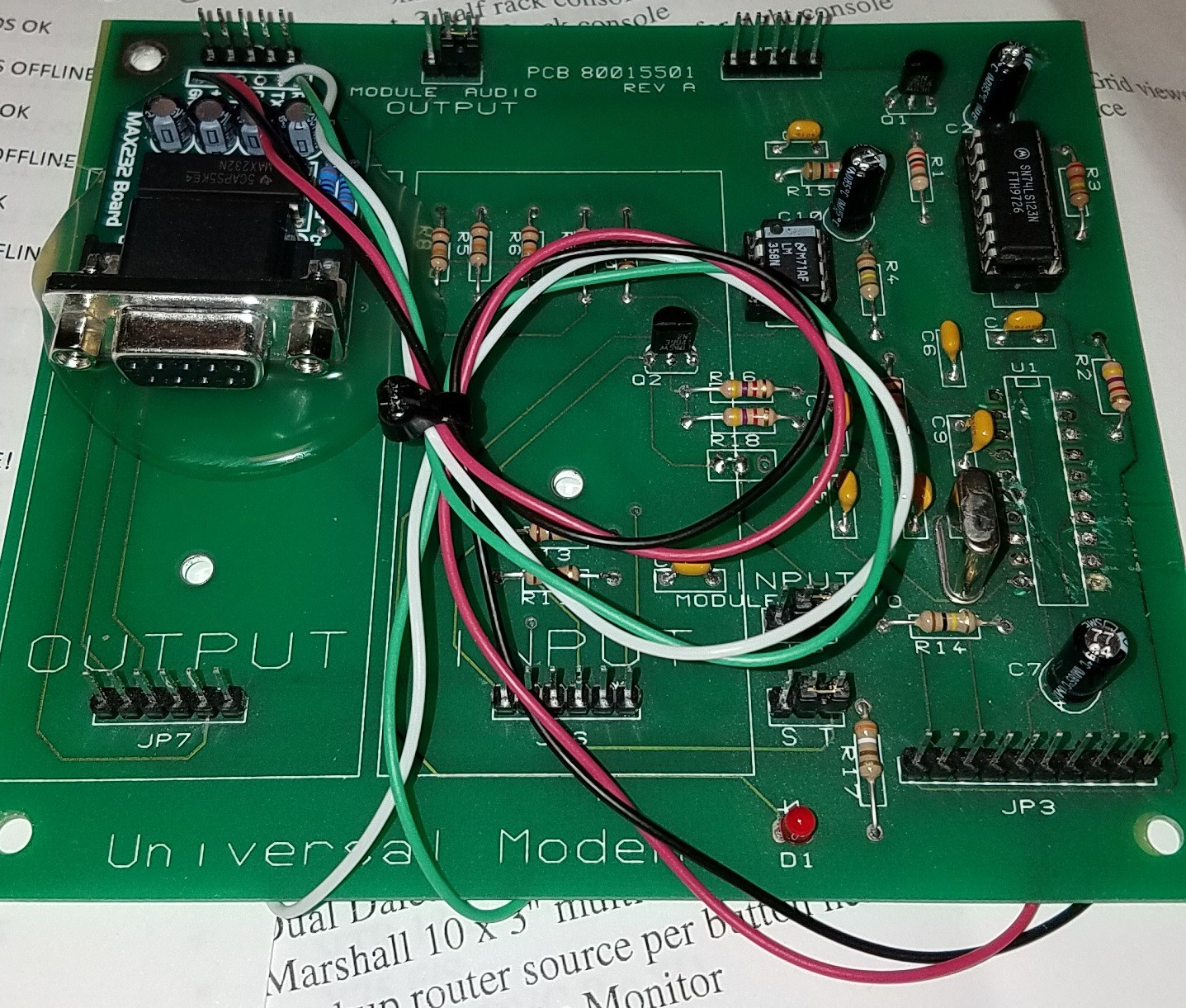


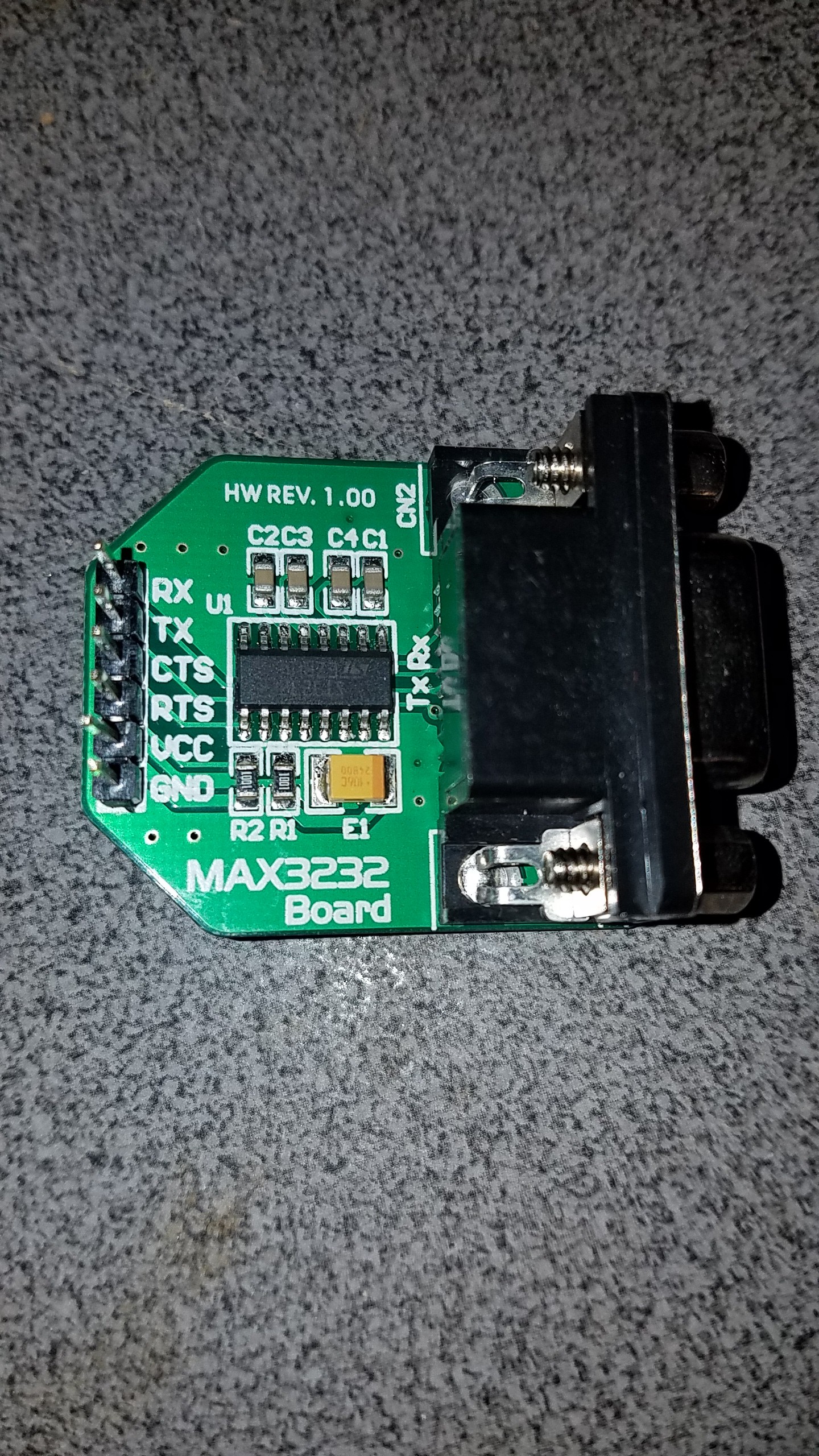
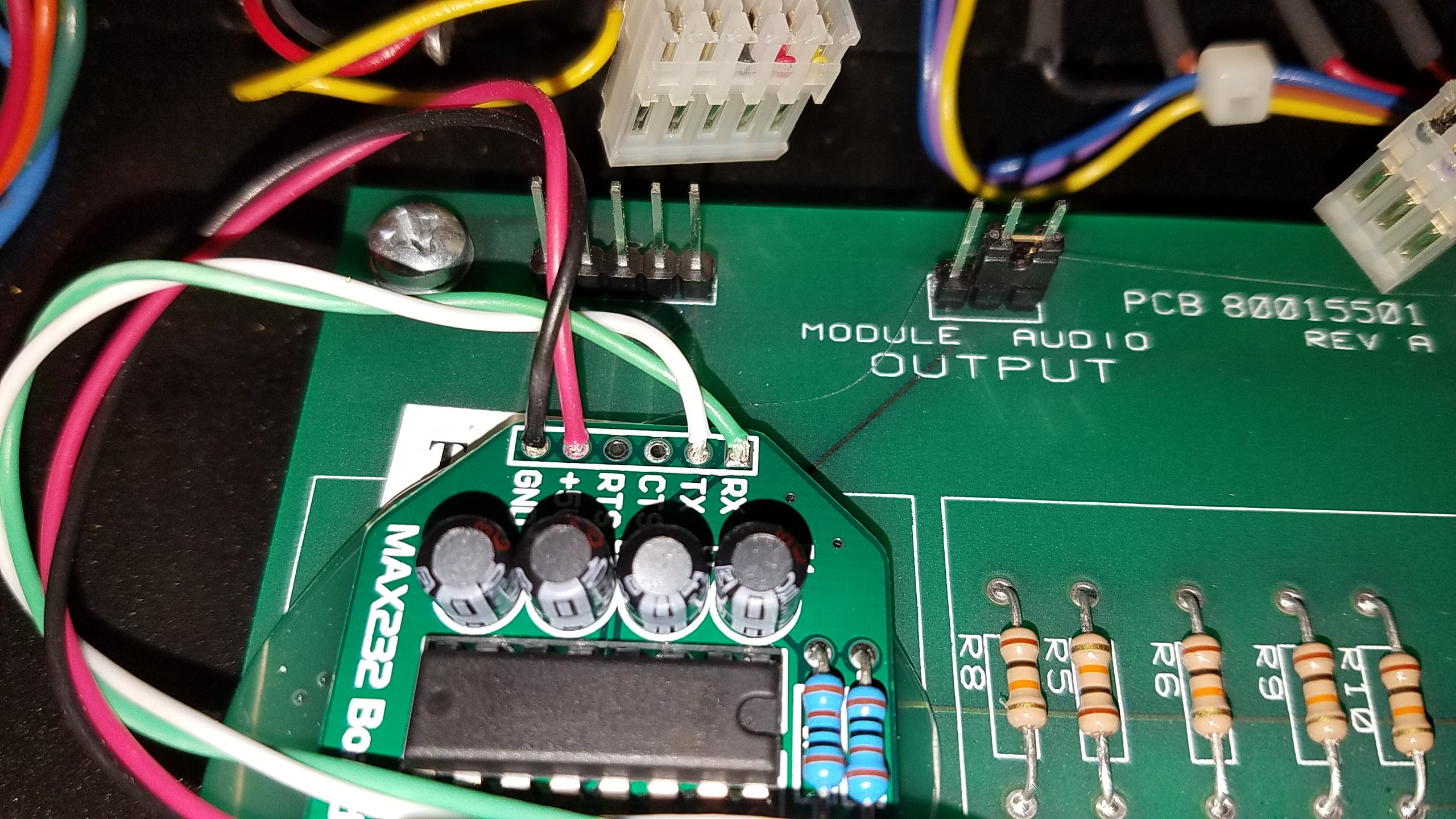
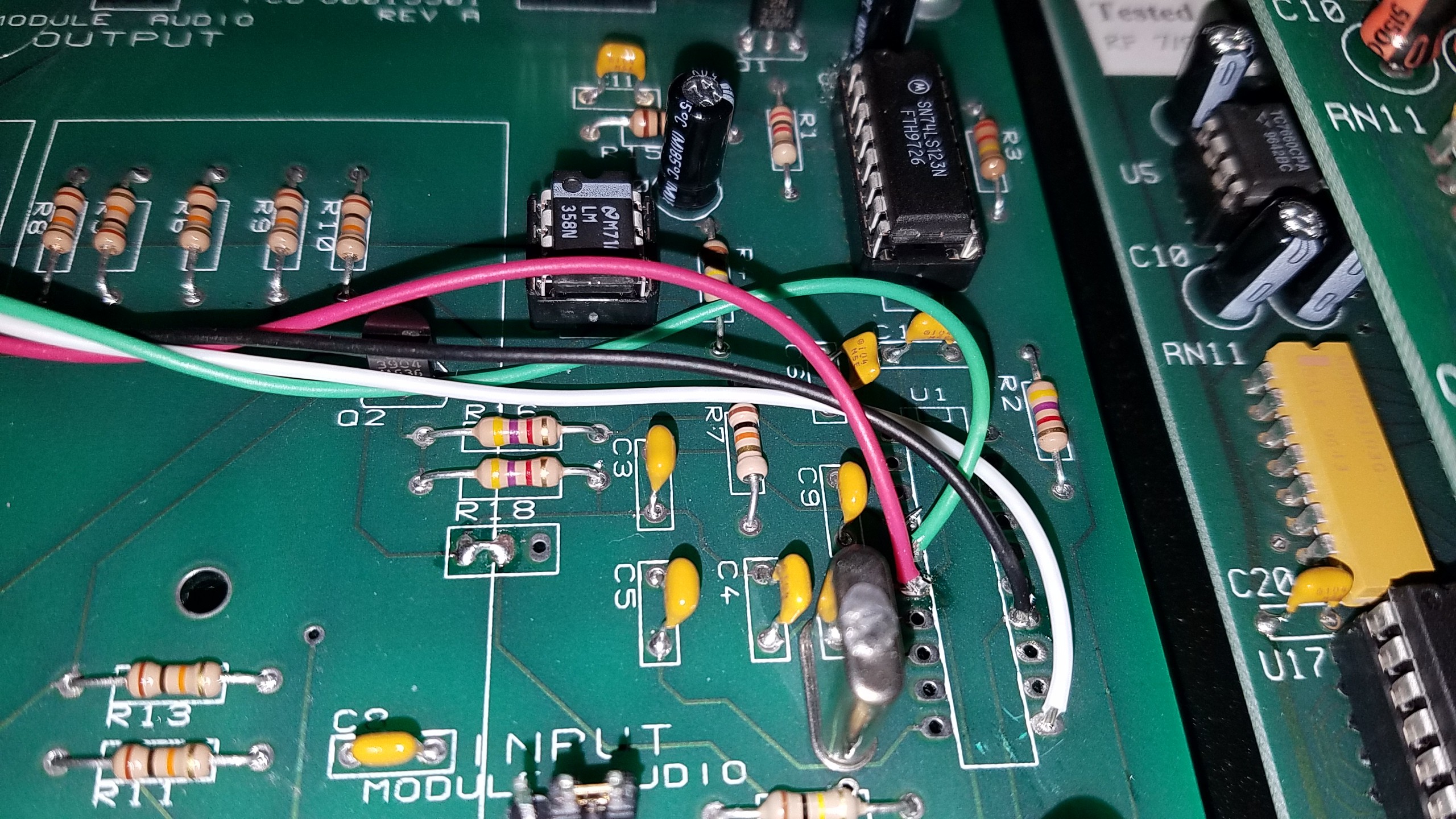
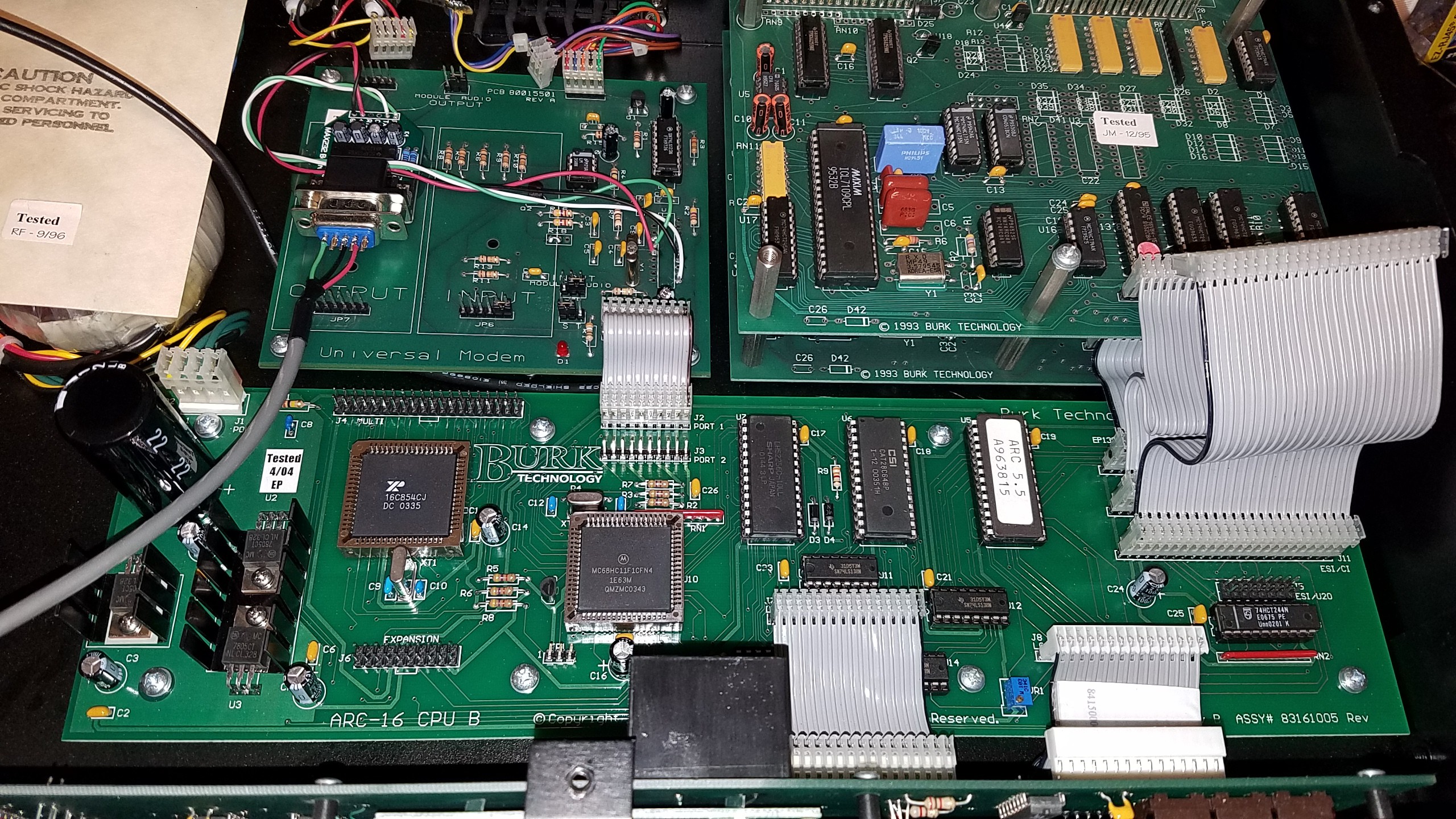

 Arno Moonen
Arno Moonen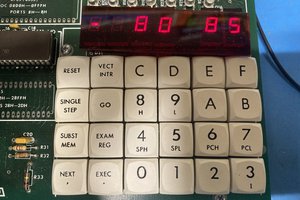
 jimshortz
jimshortz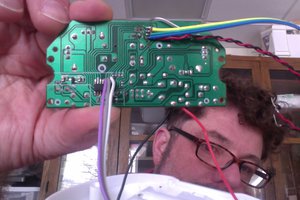
 George Albercook
George Albercook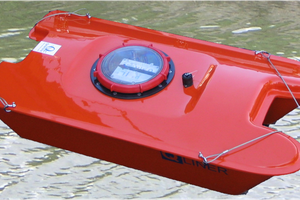
 Cees Meijer
Cees Meijer